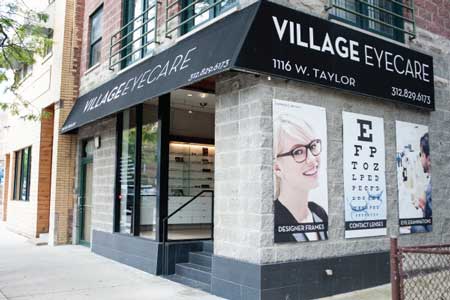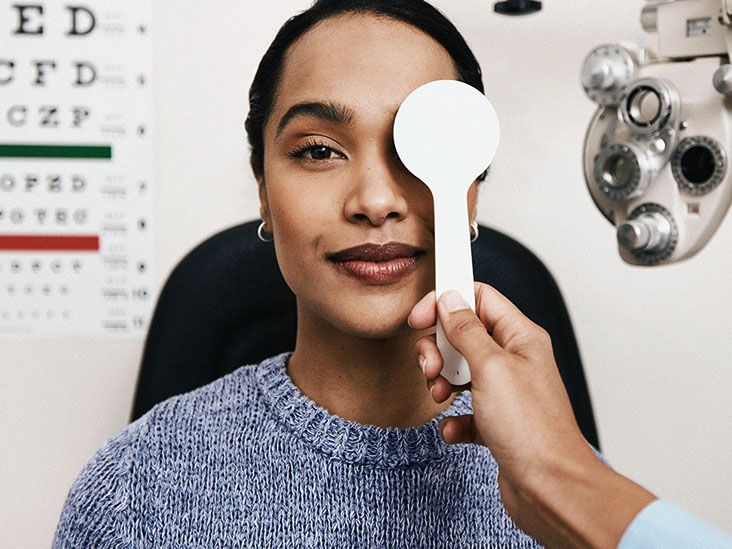Recognizing the Different Vision Modification Procedures Available for Clearer Sight
In the realm of vision improvement procedures, a wide variety of options exist to attend to refractive errors and provide people with more clear sight. From the commonly acknowledged LASIK surgery to much less invasive treatments like PRK and implantable lenses, the field of ophthalmology supplies an array of strategies customized to match different requirements and preferences. Each procedure comes with its very own collection of factors to consider, advantages, and potential risks. Comprehending the subtleties of these vision improvement methods is important for making educated decisions concerning one's aesthetic health and wellness. Let's discover the intricacies of these procedures and clarified the course to achieving improved vision clarity.
LASIK Surgical Procedure
LASIK surgical treatment is a typical refractive procedure used to correct vision issues such as farsightedness, nearsightedness, and astigmatism. This medical technique, which stands for Laser-Assisted in Situ Keratomileusis, aims to reshape the cornea to boost how light is focused on the retina, eventually improving vision clearness.
Among the primary advantages of LASIK surgery is the rapid improvement in vision experienced by people. Lots of individuals see a considerable enhancement in their vision instantly after the procedure. Additionally, many individuals report very little discomfort and discomfort during the surgical procedure and healing duration. The recuperation time for LASIK is relatively quick, with many people going back to their day-to-day tasks within a day or more post-operation. On the whole, LASIK surgical treatment is a popular selection for people looking for a long-term service for their vision problems.
PRK Treatment

PRK is an ideal option for people with thin corneas or those at a greater risk of eye injuries, as it does not involve producing a corneal flap. The recovery process for PRK is somewhat longer contrasted to LASIK, as the epithelium needs time to restore. Clients might experience pain and blurred vision for a few days adhering to the procedure.
Despite the longer healing time, PRK can produce outstanding lead to vision improvement, making it a valuable choice for those who may not appropriate candidates for LASIK surgical procedure. - Eye Center Andalusia
Implantable Lenses
In comparison to PRK where the cornea is reshaped directly, implantable lenses use an additional approach for correcting vision by inserting synthetic lenses inside the eye. This treatment is especially helpful for view it people with high degrees of nearsightedness, farsightedness, or astigmatism that may not be appropriate prospects for laser surgeries like LASIK or PRK.
Implantable lenses, additionally recognized as phakic intraocular lenses, job by supplementing the eye's natural lens with a fabricated one. These lenses can be positioned in front of the all-natural lens (anterior chamber) or behind the iris and in front of the all-natural lens (posterior chamber) By adjusting the power and positioning of these lenses, ophthalmologists can efficiently deal with refractive errors and boost aesthetic acuity.
One advantage of implantable lenses is that they are exchangeable and detachable, offering versatility for future modifications. Nevertheless, as with any kind of operation, there are risks entailed, such as infection or cataract formation. Individuals thinking about implantable lenses need to seek advice from with an eye treatment professional to establish one of the most ideal option based on their individual demands and eye wellness.
Corneal Rings

The treatment for placing corneal rings is minimally intrusive and fairly fast, usually done as an outpatient procedure. Throughout the surgical procedure, the ophthalmologist makes a little incision in the cornea and inserts the rings at a details deepness. When in position, the rings help to reshape the cornea, giving a smoother surface area for light to go into the eye, which can lead to more clear vision.
Corneal rings are considered a relatively easy to fix treatment, as they can be eliminated or changed if essential. While they may not entirely eliminate the requirement for glasses or get in touch with lenses, corneal rings can dramatically improve vision high quality and general visual comfort for people with keratoconus or other corneal abnormalities.
Refractive Lens Exchange
Following the adjustment of corneal abnormalities with treatments like corneal rings, another vision modification method that can attend to refractive mistakes is Refractive Lens Exchange (RLE) RLE is an operation that involves find more information changing the eye's all-natural lens with a man-made intraocular lens (IOL) to fix refractive mistakes such as presbyopia, farsightedness, and nearsightedness. This treatment is particularly advantageous for people that may not appropriate prospects for treatments like LASIK or PRK because of elements such as wikipedia reference thin corneas or high refractive errors.
Healing time for RLE is reasonably quick, and people can expect improved vision quickly after the procedure. As with any type of surgical treatment, potential dangers and complications exist, so a thorough assessment with an eye treatment expert is important to determine if RLE is the best vision modification option.
Conclusion

In the realm of vision adjustment procedures, a wide range of alternatives exist to deal with refractive errors and give people with more clear sight.LASIK surgical treatment is a common refractive treatment utilized to remedy vision issues such as farsightedness, nearsightedness, and astigmatism.While also a typical refractive procedure, the PRK (Photorefractive Keratectomy) strategy varies from LASIK surgical treatment in its method to remedying vision problems.Following the modification of corneal irregularities with treatments like corneal rings, one more vision correction technique that can attend to refractive errors is Refractive Lens Exchange (RLE) LASIK surgical treatment, PRK treatment, implantable lenses, corneal rings, and refractive lens exchange are all options that can deal with various vision problems.
Comments on “Eye Center Andalusia: State-of-the-Art Look After All Ages”